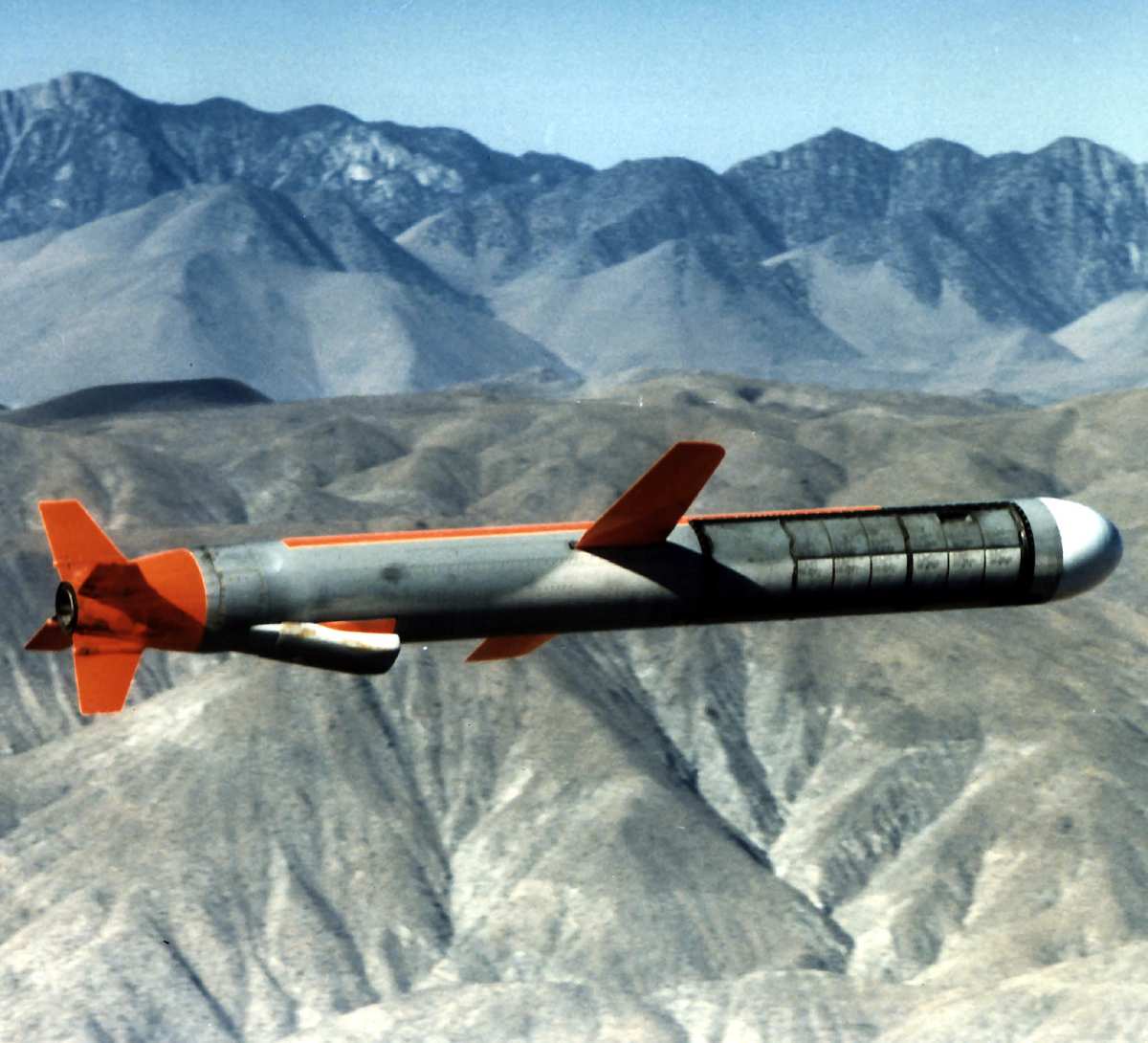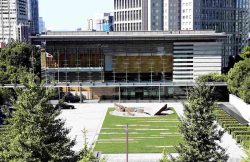U.S. Won’t Send Medium-Range Missiles to Japan as Part of First Island Chain Strategy

– Undated file photo – of a Tomahawk cruise missile.
17:08 JST, January 23, 2023
Washington has decided not to send ground-launched medium-range missiles to U.S. forces in Japan, sources from both nations said.
The United States plans to deploy such missiles along the so-called first island chain stretching from the Japanese archipelago to the Philippines.
The deployment was deemed unnecessary because once Japan possesses long-range missiles through the introduction of its counterstrike capability, it will be able to deter China’s medium-range missiles.
The United States does not currently possess ground-launched missiles with a range of 500 kilometers to 5,500 kilometers because they were banned by the U.S.-Russia Intermediate-Range Nuclear Forces (INF) Treaty, which went into effect in 1988 and expired in 2019. On the other hand, China possesses about 1,900 medium-range ballistic missiles that can reach the Japanese archipelago, creating a gap in the number of missiles owned by Washington and Beijing.
The U.S. military is hurrying to develop intermediate-range missiles to counter China, and the U.S. Army plans to deploy the long-range hypersonic weapon with a range of over 2,700 kilometers as early as 2023. Meanwhile, the U.S. Indo-Pacific Command has a plan to deploy missiles on the first island chain, and Japan has been considered a strong candidate site.

Japan’s National Security Strategy approved by the Cabinet in December includes possession of counterattack capabilities that allows the introduction of long-range cruise and other missiles, and it is this that has led the White House to forgo the deployment of its own missiles.
As a result, medium-range missiles were not on the agenda at the Japan-U.S. summit on Jan. 13 nor at the Japan-U.S. Security Consultative Committee meeting on Jan. 11 that discussed counterstrikes. Washington has notified Tokyo informally of its intention.
Japan’s Defense Buildup Program, which was decided along with the NSS, clearly states that Japan will acquire U.S.-made Tomahawk cruise missiles with a range of over 1,250 kilometers while increasing the range of domestically produced Type-12 surface-to-ship missiles.
Japan intends to have about 500 Tomahawks and about 1,000 upgraded Type-12 missiles in its arsenal and also plans to develop a hypersonic missile. Supplementing the U.S. Navy’s existing missile capability with Japanese counterstrike capabilities is expected to strengthen deterrence against China.
According to a Japanese source, Washington’s decision was influenced by a view that “it would be difficult to gain the Japanese people’s understanding,” including in the vicinity of the base. Even so, the argument for deployment in Japan may be rekindled if the military balance were to change due to the expansion of China’s military.
"Politics" POPULAR ARTICLE
-

Japan to Support Central Asian Logistics Route That Bypasses Russia, Plan to Be Part of Upcoming Summit in Tokyo
-

Japan to Tighten Screening of Foreigners’ Residential Status by Providing Information of Nonpayment of Taxes
-

Chinese, Russian Bombers Flew Unusual Path by Heading Toward Tokyo; Move Likely Meant to Intimidate Japan
-

Japan Plans National Database to Track Foreign Ownership of Real Estate, Land as It Weighs New Rules
-

Up to 199,000 Deaths Estimated From Mega-Tsunami; Most Recent Occurrence Took Place in 17th Century
JN ACCESS RANKING
-

Tokyo Economic Security Forum to Hold Inaugural Meeting Amid Tense Global Environment
-

Keidanren Chairman Yoshinobu Tsutsui Visits Kashiwazaki-Kariwa Nuclear Power Plant; Inspects New Emergency Safety System
-

Imports of Rare Earths from China Facing Delays, May Be Caused by Deterioration of Japan-China Relations
-

University of Tokyo Professor Discusses Japanese Economic Security in Interview Ahead of Forum
-

Japan Pulls out of Vietnam Nuclear Project, Complicating Hanoi’s Power Plans
























